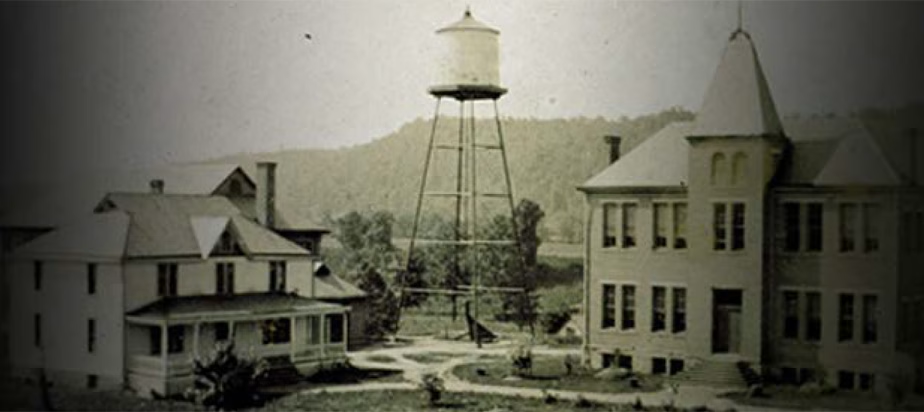Exploring Our Past
These stories offer but a glimpse of the rich and colorful history of West Virginia State University. We invite you to read the epic love story that tells the tale of how the community of Institute, where WVSU is located, came to be named. We encourage you to explore the part that the University played in training the Tuskegee Airmen who fought so bravely for our freedoms in World War II. These are but a few of the chapters in the more than 110-year-old history of the University, and they surely won’t be the last.

Act Creating the West Virginia Colored Institute
www.wvculture.org/history/education/wvstatecollege02.html Beginning of West Virginia State University Acts of the Legislature of West Virginia at its Twentieth Regular Session, commencing January 14, 1891. CHAPTER LXV.AN ACT accepting the provisions of […]
Among the Airmen … A Rose
In 1941 the original 11 graduates from West Virginia State College’s pilot training program traveled to Tuskegee Alabama to try out for the U.S. Air Force training program for black […]
Institute: It Springs from Epic Love Story*
www.wvculture.org/history/journal_wvh/wvh32-2a.html By James A. HaughtVolume 32, Number 2 (January 1971), pp. 101-107 Did you ever wonder why the largest Negro town in West Virginia happens to be located on Kanawha […]